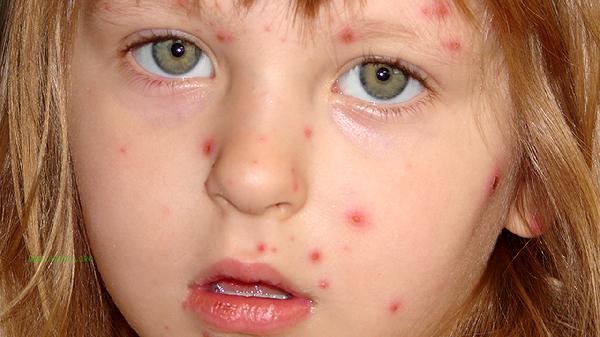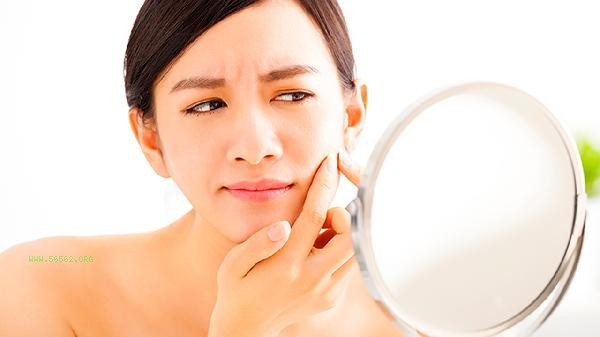Losing weight but not reducing facial fat is usually related to differences in local fat metabolism, genetic factors, and muscle relaxation. The main reasons include fat distribution characteristics, insufficient facial muscle support, decreased skin elasticity, edema factors, and age-related metabolic changes.

1. Characteristics of Fat Distribution
The distribution of human fat is significantly influenced by genetic factors, and some populations are more likely to accumulate fat in areas such as the face and abdomen. When weight loss occurs, fat in the limbs and trunk may be preferentially consumed, while facial fat cells are less sensitive to hormones and have a relatively slower breakdown rate. This phenomenon belongs to normal physiological differences and does not require excessive intervention.
2. Insufficient facial muscle support
The facial contour is maintained by a combination of fat pads and muscles. Long term lack of facial muscle exercise can lead to sagging of the cheek fat pad, even if the body fat percentage decreases, the relaxed muscles cannot effectively support the adipose tissue, forming double chins or nasolabial folds. It can be improved through targeted training such as chewing tough foods and facial yoga.
3. Decreased skin elasticity
When rapid weight loss exceeds 5% of body weight per month, collagen and elastic fibers in the dermis layer may break, causing facial skin to be unable to adapt to spatial changes after fat loss. After the age of 30, the skin's ability to self repair weakens, which is more pronounced. Moderate supplementation of vitamin C and high-quality protein can help maintain skin firmness.

4. Edema factors
High salt diet, insufficient sleep or abnormal renal function may lead to fluid retention, especially in the face with slow lymphatic return. This false fat accumulation is not related to real fat, and adjusting sodium intake and cold compress massage can alleviate it. Continuous edema requires examination for heart or kidney disease.
5. Age related metabolic changes
After the age of 35, the secretion of growth hormone decreases, the efficiency of facial fat breakdown decreases, and the deep fat pad gradually shrinks and shifts. This structural change needs to be improved through comprehensive conditioning, and simply losing weight is difficult to adjust facial contours. Moderate strength training can stimulate the secretion of growth hormone.

Targeted measures need to be taken to improve facial contours. Perform 5-minute daily facial muscle exercises such as cheek puffing and head lifting, combined with massage with vitamin E containing skincare products. Control refined carbohydrates in diet while ensuring high-quality protein intake, and avoid extreme dieting leading to collagen loss. Maintain a supine position during sleep to reduce facial pressure, and pay attention to sun protection in daily life to delay skin aging. If there is no continuous improvement, you can consult a professional physician to assess whether there are hormone abnormalities or special fat distribution diseases.








Comments (0)
Leave a Comment
No comments yet
Be the first to share your thoughts!